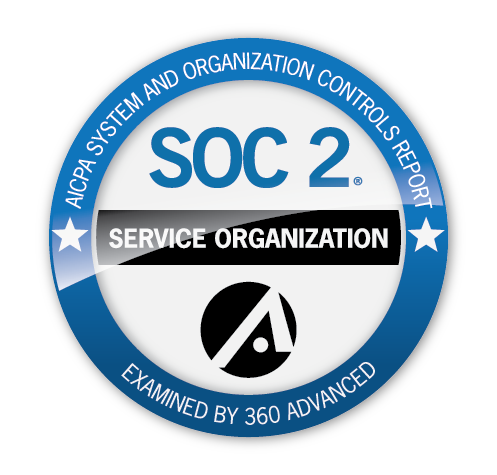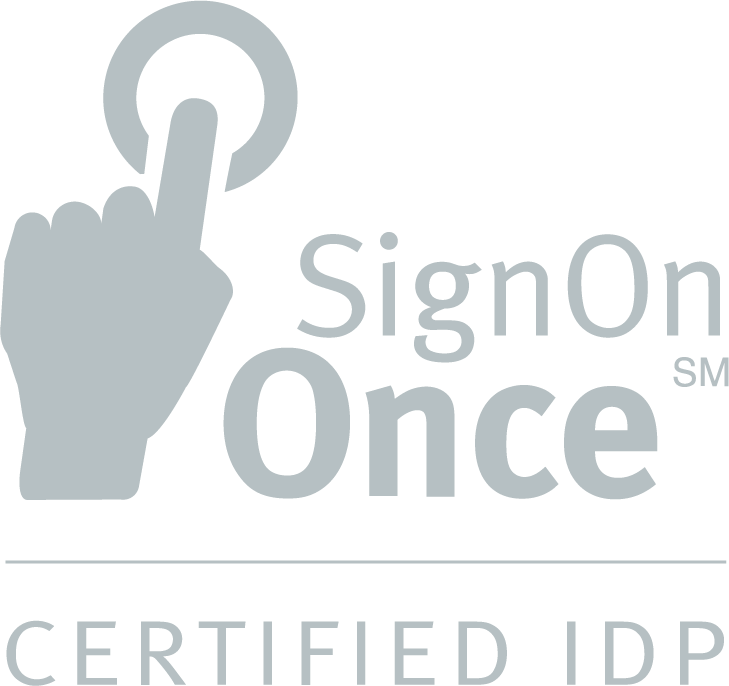As 2025 winds down, benefits brokers continue to face a rapidly evolving market. Healthcare costs continue to rise and workers expect more from employers. To stay competitive in 2026, brokers are guiding businesses to move beyond a one-size-fits-all approach—offering benefits that are more flexible, more personalized, and more aligned with today’s workforce.
To meet those needs, agencies are looking at AI and automation to drive efficiency and accuracy—helping agencies modernize benefits administration, strengthen compliance, and deepen client relationships.
The key trends shaping the benefits landscape for 2026
- More choice and personalized packages. Employers are offering broader benefits menus to meet employees where they are and keep employees connected to their organizations. For example, MetLife’s 2025 U.S. Employee Benefit Trends Study found that dental coverage was associated with improved employee loyalty, while Gen Z and millennial employees prioritize paid leave more than their Gen X co-workers. Brokers can help employers to design flexible benefits plans that best meet their goals and employee needs.
- Meeting multigenerational needs. Gen Z workers are entering the workforce as Baby Boomers stay in it longer, creating wider age gaps across teams. The 2025 Employee Health & Benefits Trends report from MarshMcLennan Agency notes that “multi-decade age gaps between employees are increasingly common” and “providing great benefits that meet the needs of each generation calls for a deep understanding of their values, goals, and priorities.”
- Whole-person wellness. From mental health to financial planning to lifestyle programs, employers are thinking beyond traditional coverage. Brokers can help employers integrate these offerings into a cohesive package—supporting employee well-being while strengthening retention.
- Economic uncertainty and rising costs. Businesses are navigating an economic landscape where the only constant seems to be rapid change. Moreover, healthcare costs continue to increase. Based on a survey of health plan actuaries, PWC predicts the “medical cost trend in 2026 to remain at 8.5% for the Group market and 7.5% for the Individual market.” The cost of medications is expected to increase even more, leading health plan providers to take a hard look at their pharmacy benefits strategy.
Employers know that the right benefits can help retain top talent. At the same time, companies are keeping a watchful eye on the bottom line. Those competing motivations could make the 2026 benefits landscape—including even the most straightforward renewals—far more complex.
With the right tools and data, agencies can help clients navigate tough decisions and build plans that balance value with cost. Here are three technology developments brokers should have on their radar for 2026.
How benefits brokers can turn AI into competitive advantage
Yes, the topic of AI is everywhere. Technology providers are touting artificial intelligence for all sorts of functions, from writing emails to powering chatbots—and maybe even fine-tuning your coffee order.
But beneath the buzz, AI is delivering real value for benefits brokers. One powerful use case: Automating data extraction from summary of benefits and coverage (SBC) documents. What used to take 30 to 45 minutes per plan can now be done in under five—and with greater accuracy. That’s not just convenience: it is capacity reclaimed.
As benefits plans become more complex and client expectations rise, brokers are under pressure to deliver clarity, speed, and strategic value. AI tools are transforming back-office workflows, freeing up brokers to focus on advising clients and navigating nuanced plan design.
It's not about replacing brokers—it’s about equipping them with smarter tools to stay competitive and indispensable. For benefits professionals, this isn’t just a passing trend. It’s a business-critical shift.
A data-driven strategy for benefits advising and quoting
Automating and streamlining data entry isn’t just a time-saver—it’s the gateway to better business. That enhanced data pool is the foundation for insights that empower brokers to tailor client service and better manage their own revenue streams.
Over the past year, AI-backed automation has fundamentally improved the quality and structure of plan data. The offshoot for 2026: more accurate quotes and the ability to tailor advising to what’s happening in the marketplace. This shift has accelerated the quoting process while enabling brokers to deliver faster, more strategic guidance at a time when precision and speed are more critical than ever.
That’s why it’s smart to initiate renewal conversations early. With healthcare costs projected to rise 6–9% in 2026, brokers can use carrier forecasts and claims data to identify cost drivers—like specialty medications or high-cost claimants—and shape a more proactive strategy.
Connected systems are a must-have for brokers in 2026
With the right benefits management system, brokers can go beyond plan setup and streamline critical workflows—especially through integrations with benefits administration platforms. Integrations between these systems can not only send data into the enrollment process but gather more accurate enrollment information to improve revenue tracking and recovery.
The immediate upshot for brokers is a more precise view of their bottom line, with revenue based on real enrollees. With that data in hand, brokers know what to expect from carrier commission statements, making it easier to capture their full revenue. That’s no small thing.
In the long term, employers and brokers alike will see advantages. Automated integration of plan data will improve market insights, while integrating data from the benefits administration system will allow brokers to source increasingly accurate and tailored quotes for their clients.
With 2026 on the horizon, benefits brokers are facing demands for sharper insights, faster execution, and deeper strategic value. The stakes are high but so is the potential for meaningful impact.
By embracing AI and integrated systems, brokers can offer data-informed guidance across the benefits life cycle. When change is constant and complexity is the new norm, technology isn’t just a differentiator—it’s the foundation for delivering the clarity benefits clients count on.


